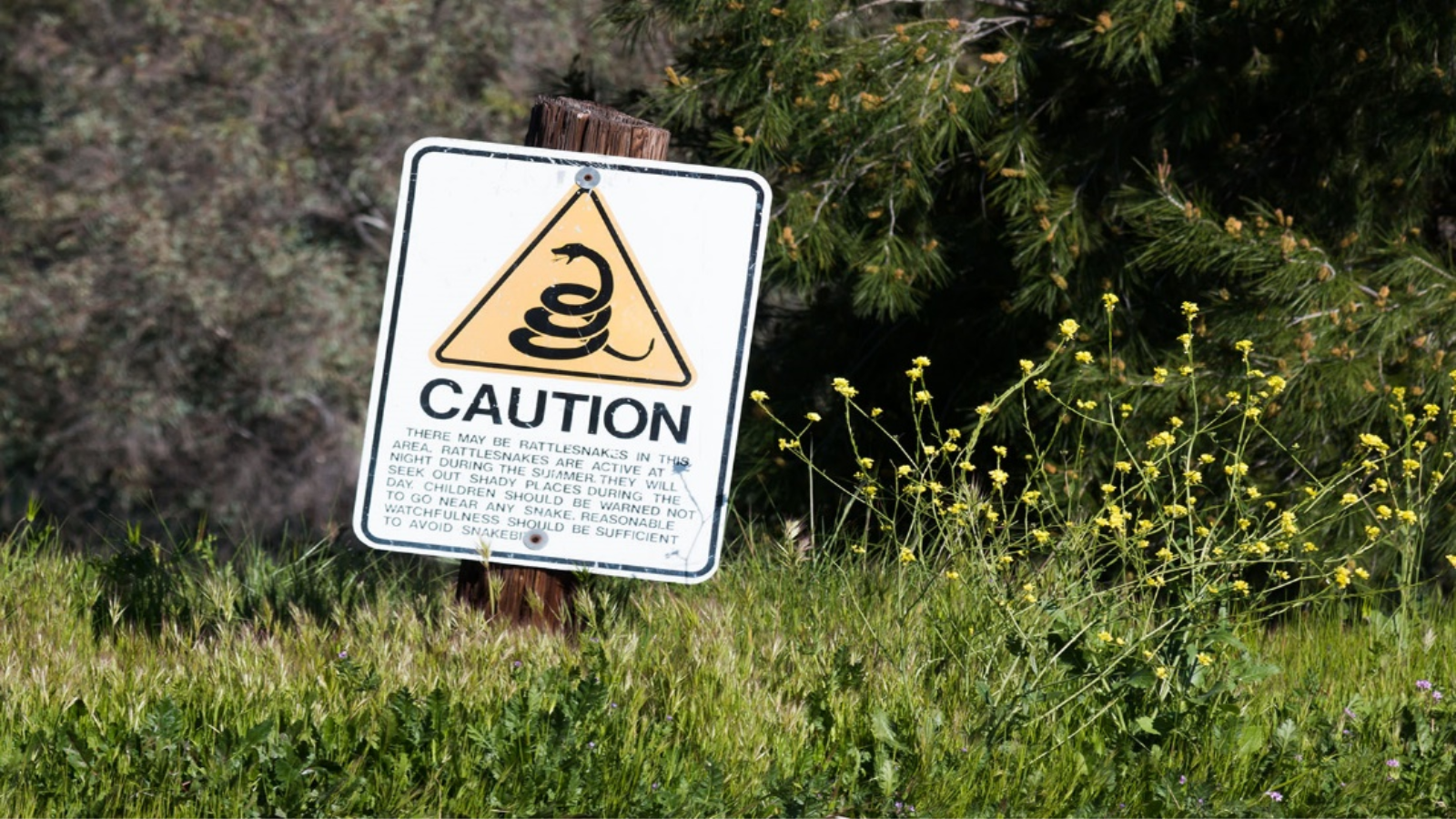In almost every geographic locale, a reptile, insect or another one of nature’s venomous creatures makes their home near yours. While their goal isn’t to attack, they sometimes do so out of fear. Not every bite or sting is going to land a person in the emergency room, but it can happen.
In light of Australia’s first national ‘Venomous Bites and Stings Day’ here are three things to keep in mind about venomous bites and stings regardless of where you live.
1. Venomous creatures are an important part of our ecosystem
Venomous creatures are an essential part of our ecosystem. As both predators and prey they help provide nutrient circulation, good ecosystem function and help keep vermin populations down. So, it’s critical we learn to live with these important creatures and appreciate them from a safe distance. Never try to catch or kill a venomous creature as it may put you at increased risk of a bite or sting. Additionally, these animals may be protected under local laws.
2. Everyone plays a part in addressing bites and stings
Medical experts, first aid trainers, frontline healthcare workers, wildlife researchers and biopharmaceutical companies like CSL Seqirus, all help us to live peacefully together with venomous insects and animals.
According to the Better Health Channel from the State Government of Victoria's Department of Health, as well as Australia Wide First Aid, two important first-aid techniques to remember after an individual has been bitten or stung, are DRSABCD and the Pressure Immobilisation Technique (PIT). The use of the PIT is dependent on the type of creature encountered within the context of your location, so it is important to understand local first aid guidelines. CSL Seqirus has developed the Australian Bites and Stings App which provides more information.
3. The importance of prevention
Avoiding an encounter is the best way to prevent venomous bites and stings. However, chance encounters with a venomous snake, spider, or marine creature may occur. Understanding their respective habitats could help to prevent a bite or sting from occurring. For example:
- Snakes are rarely found in the open. They’re often in hiding and can typically be found in long grass, underneath foliage and in piles of wood or debris. Clearing this debris from household yards may help reduce places where snakes can habitat. When hiking or walking it’s recommended to wear long pants and closed toe shoes. If you see one, keep at least six feet or two meters distance.
- Spiders prefer undisturbed areas like closets, basements and garages, reducing clutter can make these places less attractive to them. Safely removing debris and stacked items like firewood away from your home’s foundation may also reduce migration of spiders indoors. It’s also important to wear gloves when working outside and not to place your hands in small spaces without good visibility. Remember to check your shoes and clothing before you put them on!
- Marine creatures are an important part of our aquatic ecosystem so it’s important to be aware of the risks when swimming in the ocean, rivers, or creeks. Box jellyfish and sea wasps can also cause danger in the water, so take time to research where you are and check the local guidelines to make sure it is safe to swim.
Snakes, spiders and marine life are only just three types of venomous creatures. Find out more information about identifying, preventing and managing a venomous bite or sting from creatures native to Australia, here.
To read more about Australia’s First Venomous Bites and Stings Day, click here.

